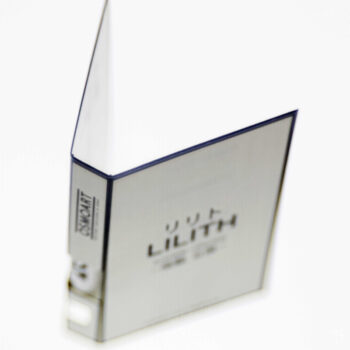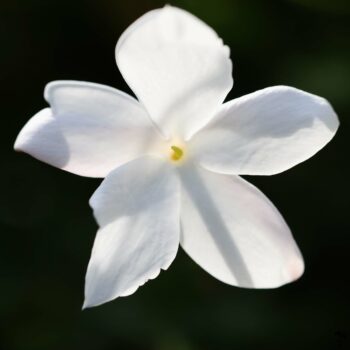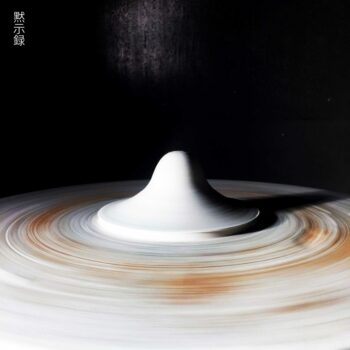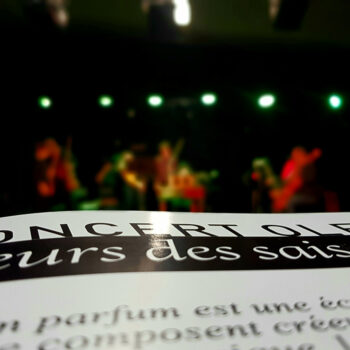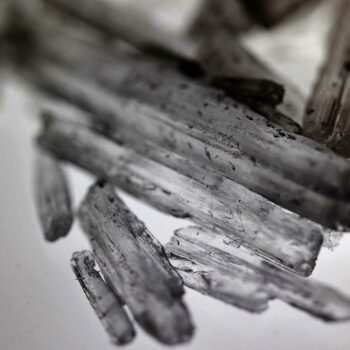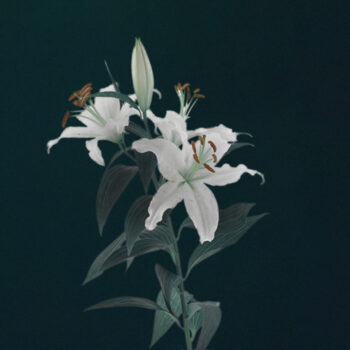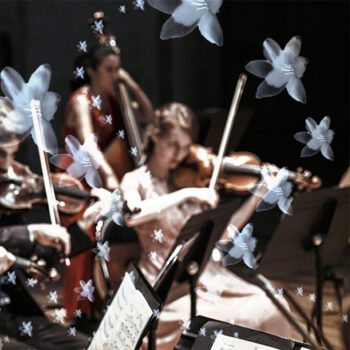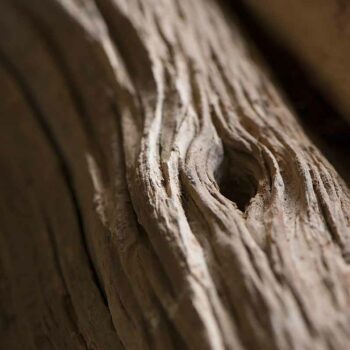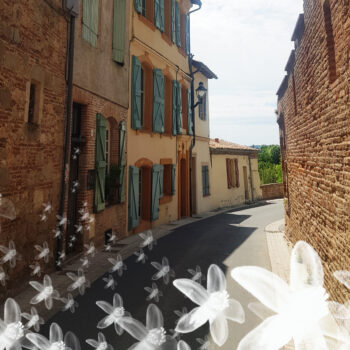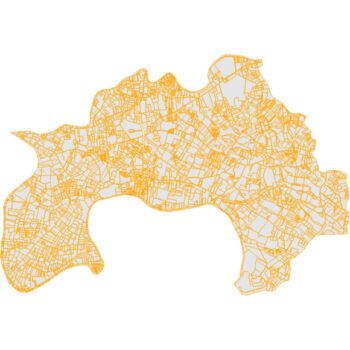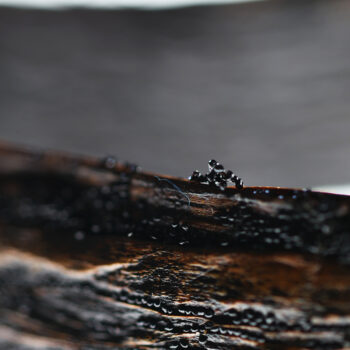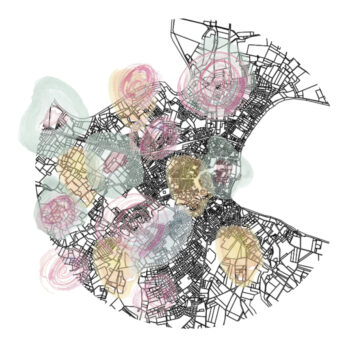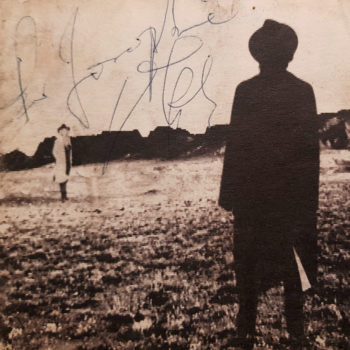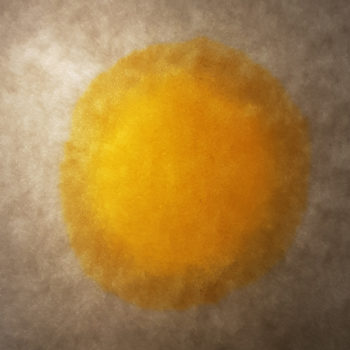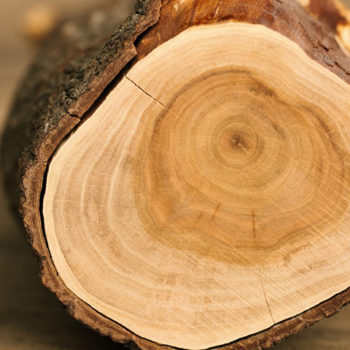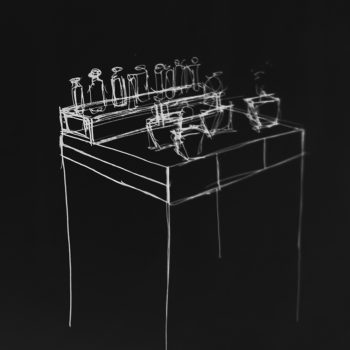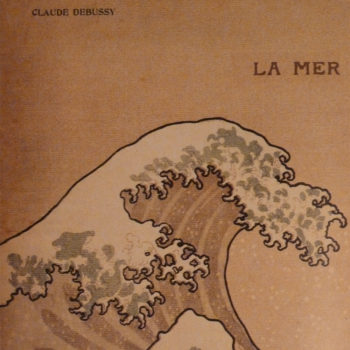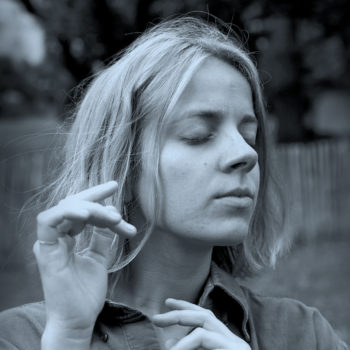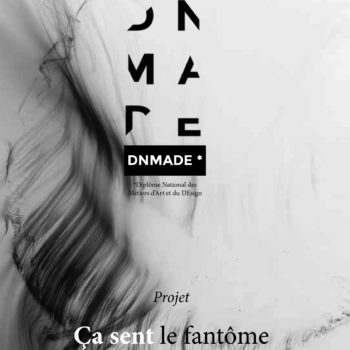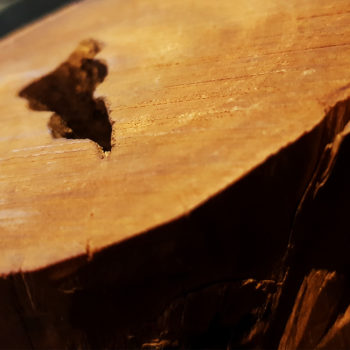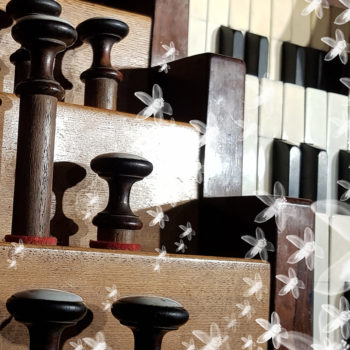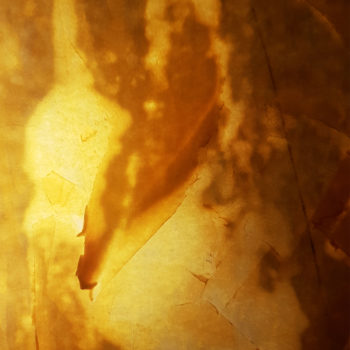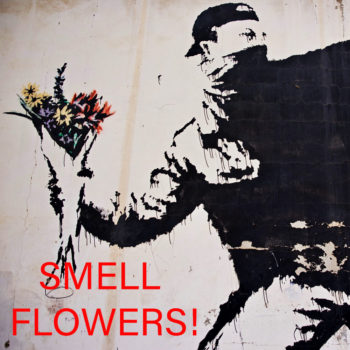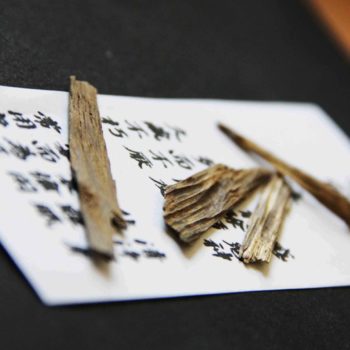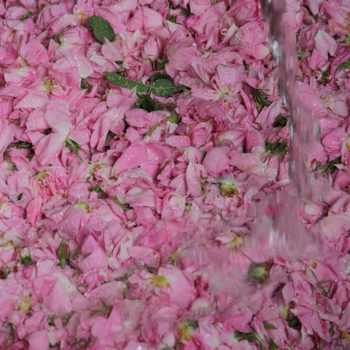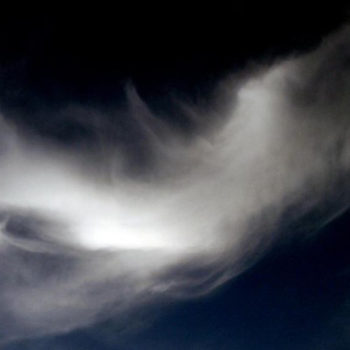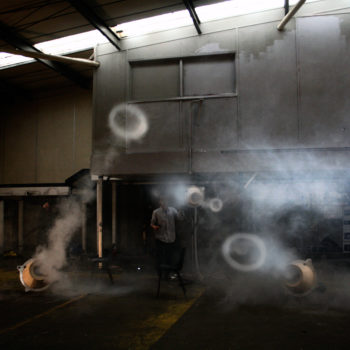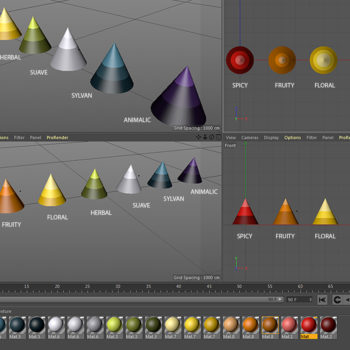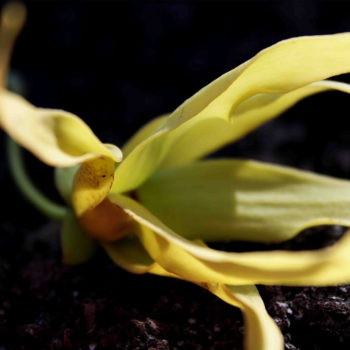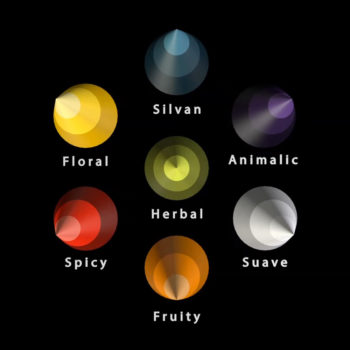MIMOSA, FROM FOLIAGE TO SNOWFLAKES
published on 2021-03-01AUSTRALIAN TREE WITH YELLOW POMPOMS
Like many other scent plants, Acacia decurrens var.dealbata, native to Australia, was brought to Europe as an ornamental plant in the early 19th century.
The tree is known in Australia as the “Sidney Black Wattle” and is used as a tanning material.
From the Fabaceae family (subfamily Mimosoideae), other species of mimosa were introduced at about the same time, but they found greater application in the trade of florists who also colloquially call it “mimosa d ‘winter’.
However, it is not of the genus Mimosa, but indeed of that of Acacia, a common name also given to an entirely different tree: the false acacia of the Robinia pseudoacacia species, whose fragrance will delight us.
From winter to spring, every year in France, the Tanneron (click)massif is carpeted in gold and green among the Eucalyptus globulus.
The nose, camouflaged in the branches of the mimosas, slowly hatches yellow snowflakes, sensitive to frost.
The phenylethyl alcohol gives them a floral and honeyed scent already attracts bees, precious flying insects.
Throughout its flowering, its scent is that of aniseed flowers among others by methyl anisate like the flower of the Chinese badianer.
It becomes more and more suave, powdered with floral musks, almond like coumarin and marzipan.
The flowers and the twigs will produce the concrete by hexane extraction.
Three washes with the apolar solvent will be necessary with different times and temperatures.
Finally, the solute will be evaporated and then concentrated under vacuum.
The yield of the mimosa concrete is on average 1%.
Mimosa concrete is hard and waxy a pale yellow.
It has pronounced sweet and waxy notes with honeyed and floral accents that find use in soap applications for its fixative effect.
The color of the concrete will depend on climatic conditions, a living product …
As for absolute gasoline, it will be obtained after three successive washes with ethanol.
The yield of this viscous material, which is amber and yellowish in color like some fresh honeys, will be 20% to 30%.
The absolute essence extracted from Tanneron will be called “Country” to differentiate it from Moroccan productions in the Khemisseten (click) region and Indian productions in the south of Mysore (click).
It has green notes, with accents of cucumber, almost marine, of violet leaves cultivated in Bar-sur-Loup.
Reminiscent of the absolute from cassie tree (Acacia farnesiana), the cassie absolute is richer, however.
For more information and to purchase quality mimosa absolute “Pays”, mimosa absolute Morocco or cassie absolute Egypt, please contact us at the following address: osmoart@gmail.com



